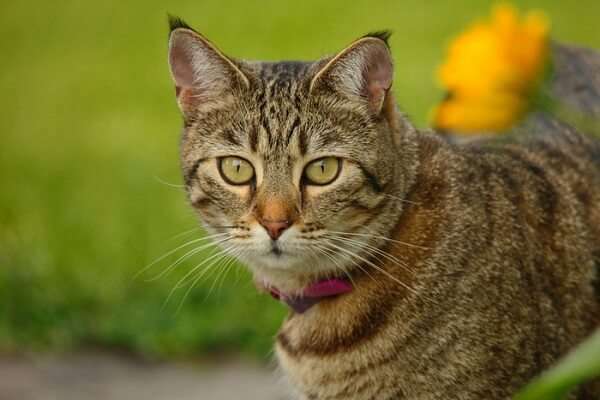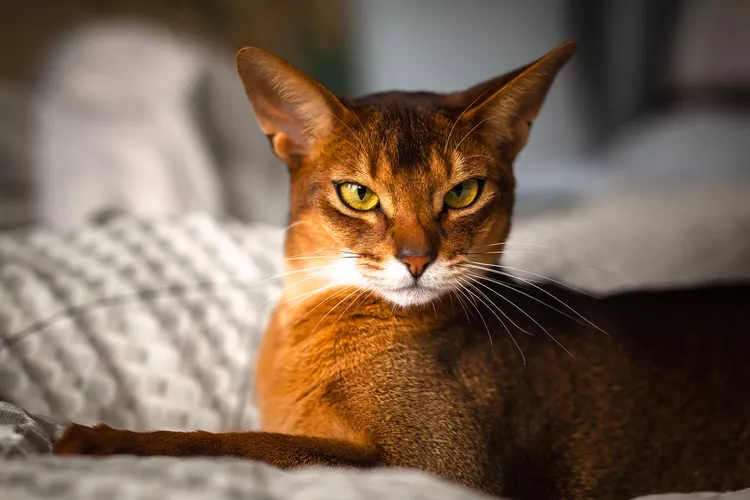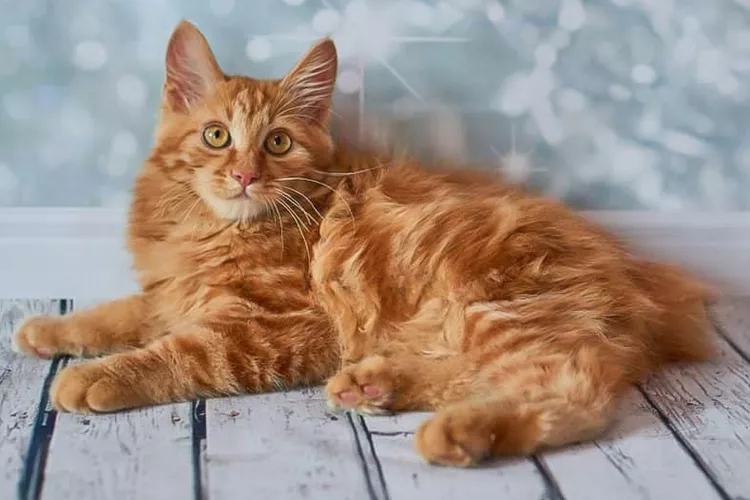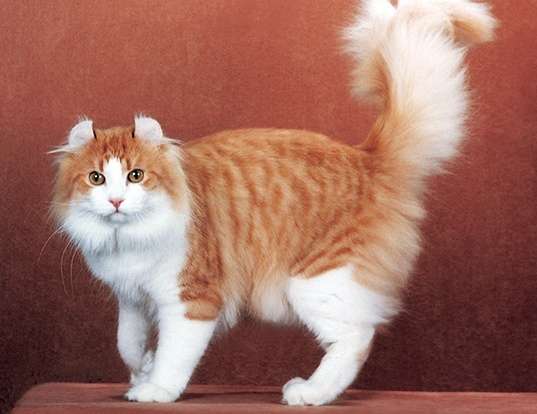
Description
Size: 8-22lbs.
The Pixiebob is a big cat with a strong, stocky frame. The Pixiebob has a strong physique, a pear-shaped face with tufted ears, and a thick coat that sticks out from the body. The Pixiebob’s tail is normally short, if not non-existent, however, this fluctuates from cat to cat and can be any length.
Although long-haired kittens may occasionally appear, Pixiebobs normally have short hair. They are also one of the few breeds that permits polydactyl (additional toes) a total of seven toes are allowed on each foot.
Behavior
Activity Level: Active
Social needs: Don’t like being alone
The Pixiebob is big, energetic, and extroverted, yet despite its fairly wild appearance, it is devoted to its folks. It enjoys spending time with family, and it’s not unusual for this cat to pick up new skills like learning to walk on a leash or chasing and returning toys. Although it enjoys being in the center of family activities, it has a quiet, laid-back temperament that makes it more calming to be around. The Pixiebob is outgoing and chirps and chatters as it recounts the day to you.
Origin/History
When Carol Ann Brewer, a breeder near Washington, bought a polydactyl, bobtail kitten with wild-type markings in 1985, she had a vision for the Pixiebob. In 1986, she discovered a different, bigger male with comparable traits; later that year, she produced a female kitten with the necessary attributes, which she called Pixie. Carol Ann used this as her starting point to go out and buy and breed other cats that looked like small bobcats. In 1989, she created a breed standard for her new breed and called it Pixiebob in honor of her original female.
Care as a Pet

Exercise
The Pixie-bob is thought to have a canine personality. These cats are simple to leash-train and adore strolling beside their owners. To keep your cat active and mentally engaged, give it lots of engaging cat toys and spend time playing with it. One or more cat trees with lots of varied-level perches for climbing, leaping, and exploring will also be appreciated by your Pixie-bob.
Nutrition and Diet
There are no unique dietary needs for pixie-bobs. It’s up to you whether you give out dry food, wet food, or a combination of both.
Some cats need wet food to provide fluids since they don’t drink enough water. A crunchy dry food can be good for your cat’s teeth. However, obesity will shorten any cat’s lifespan, so be sure to keep an eye on your cat’s calorie intake.
Despite being large cats, pixie-bobs should be muscular rather than obese. Throughout its lifetime, your cat’s metabolism and general health will change. At every appointment, go over your cat’s dietary requirements with your vet to seek advice on feeding times, foods, and amounts.
Grooming needs
To maintain the Pixiebob’s coat bright and healthy, brush it once a week to eliminate dead hair. The only additional grooming this cat requires is routine dental brushing, nail clipping, and ear cleaning.
Table





